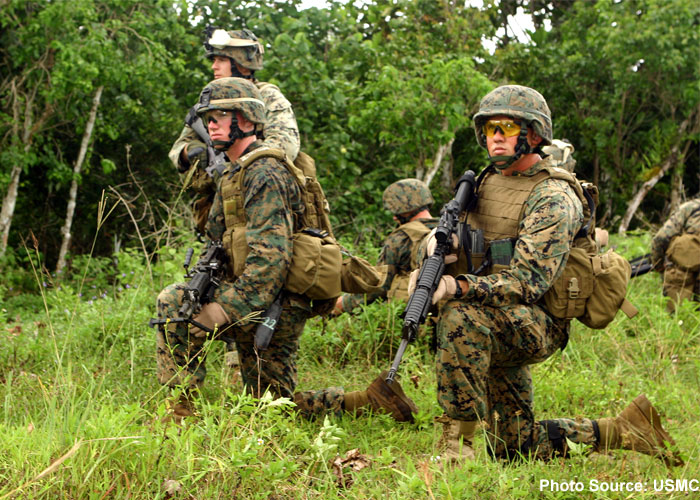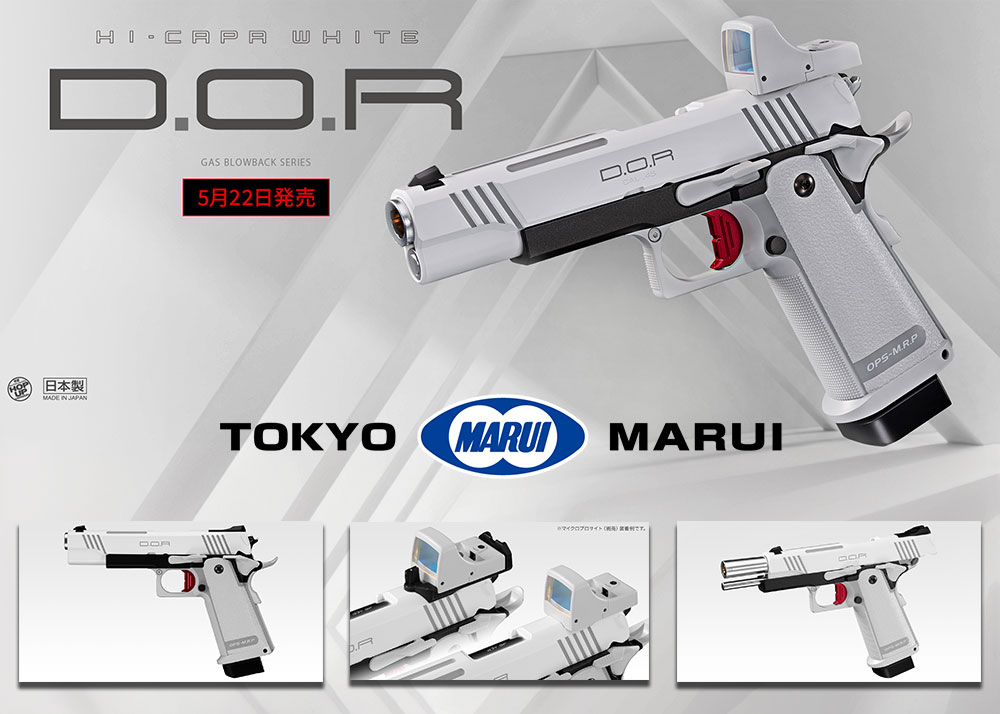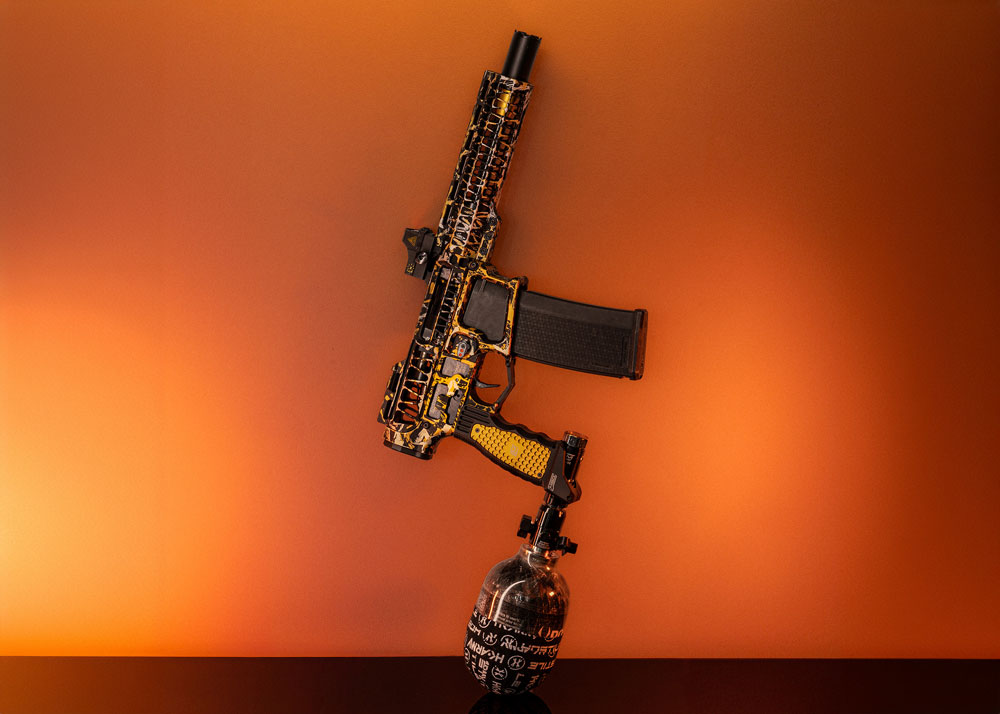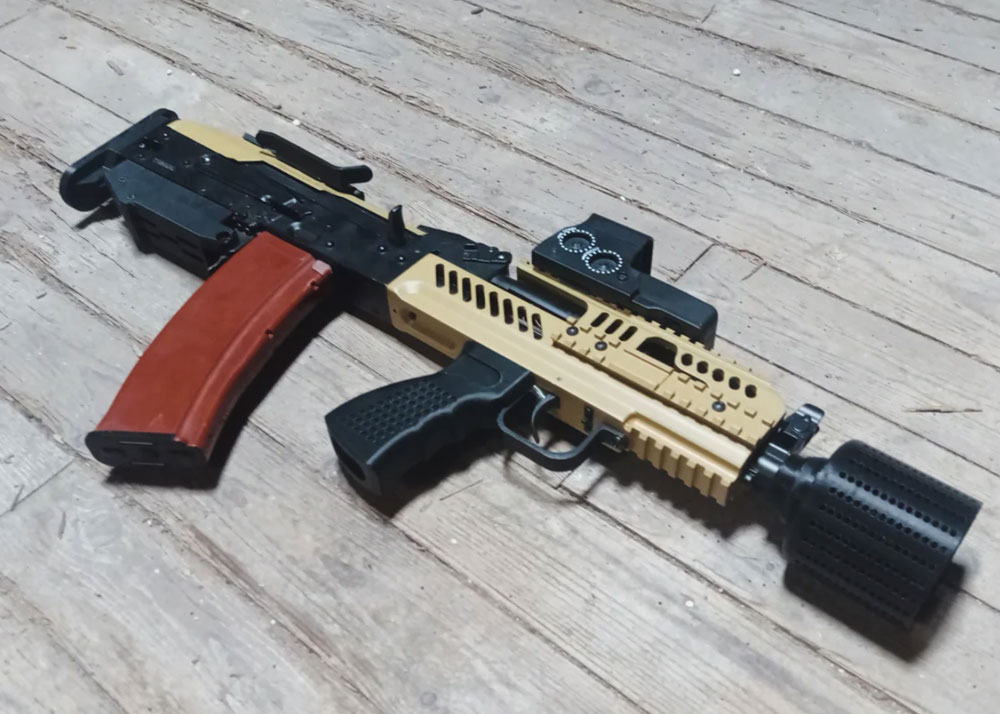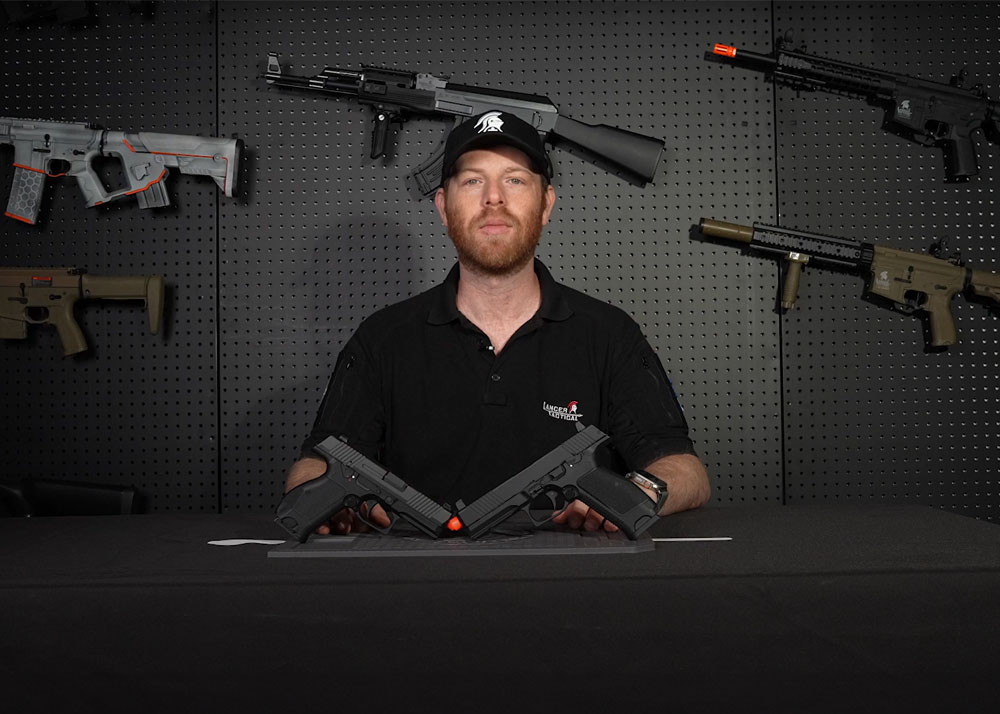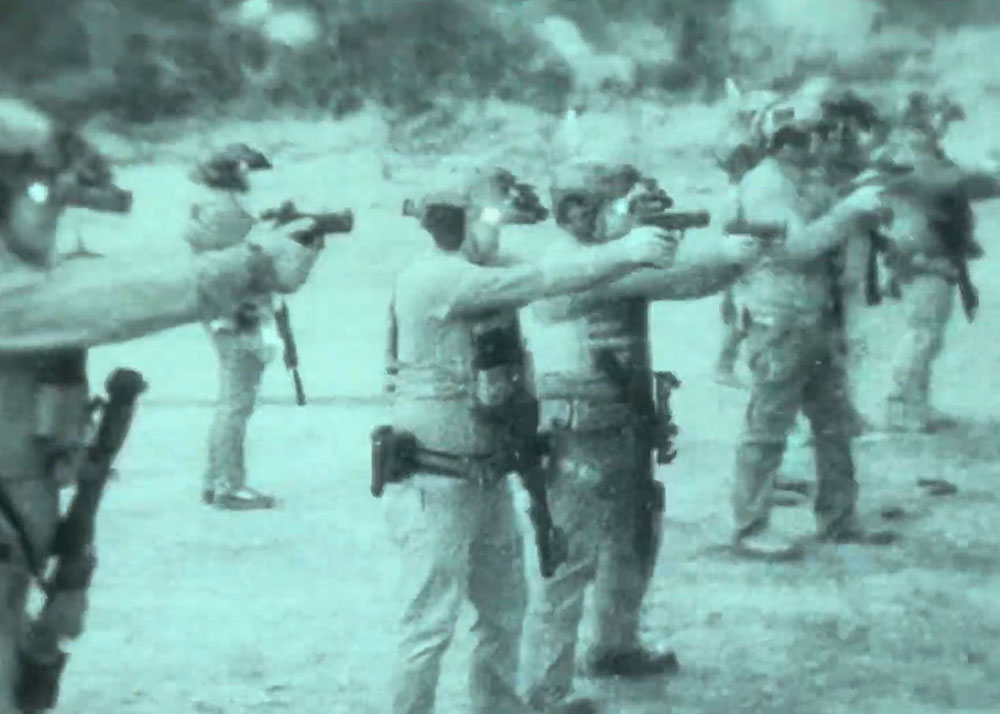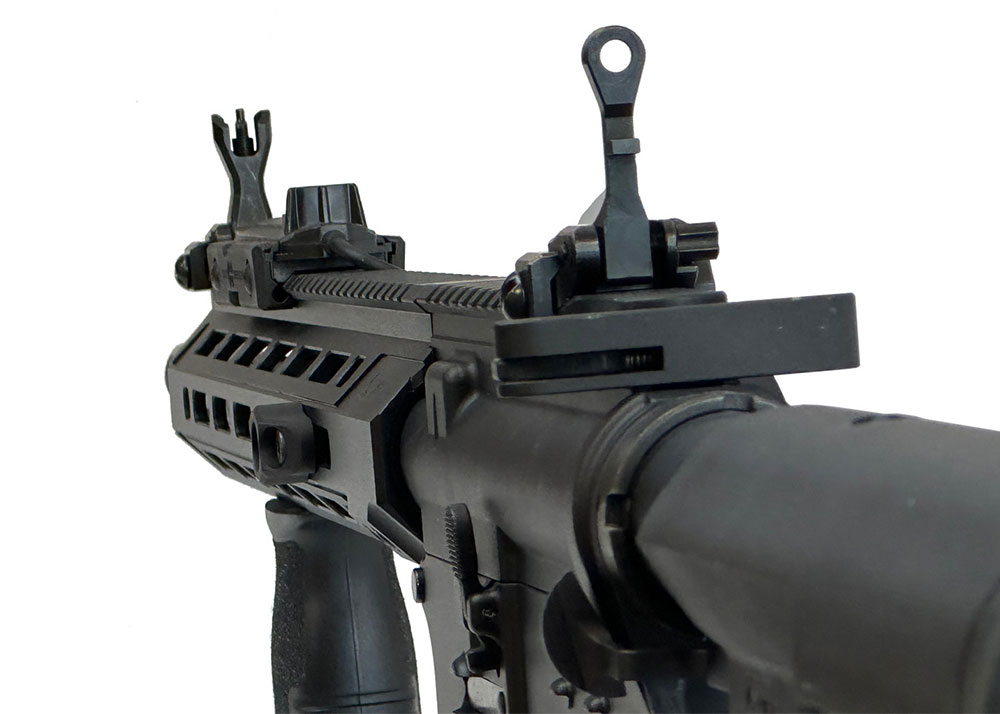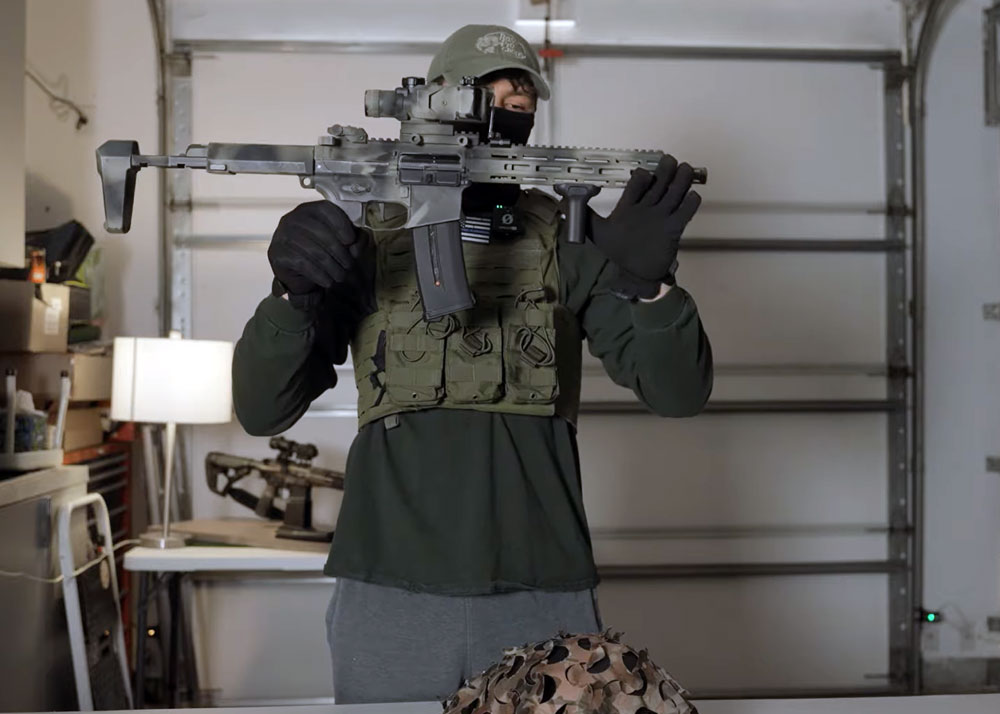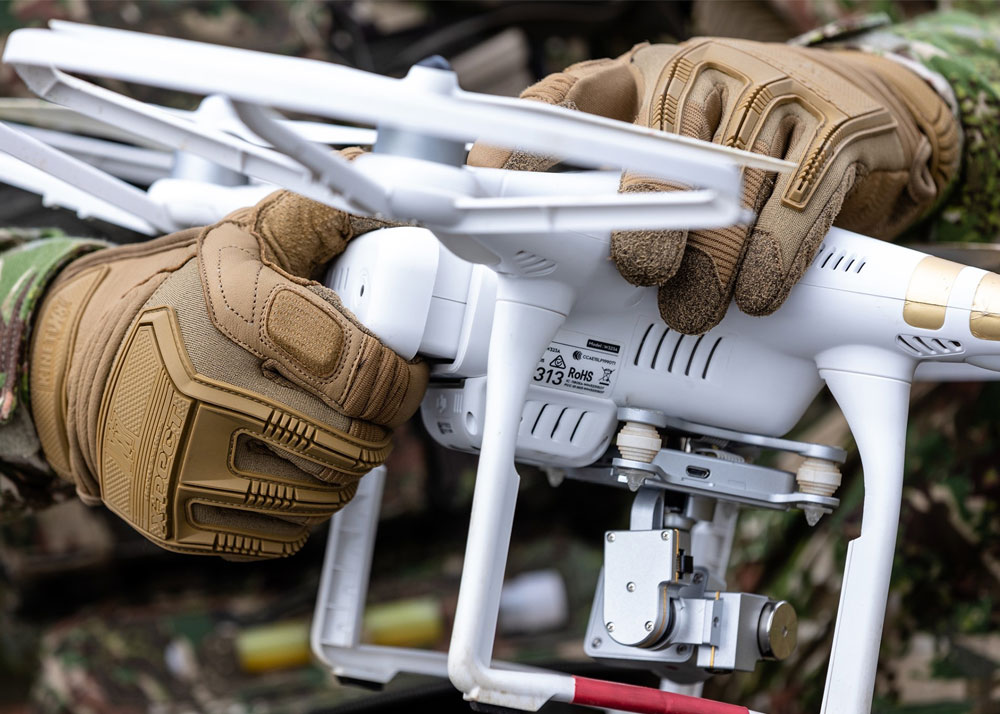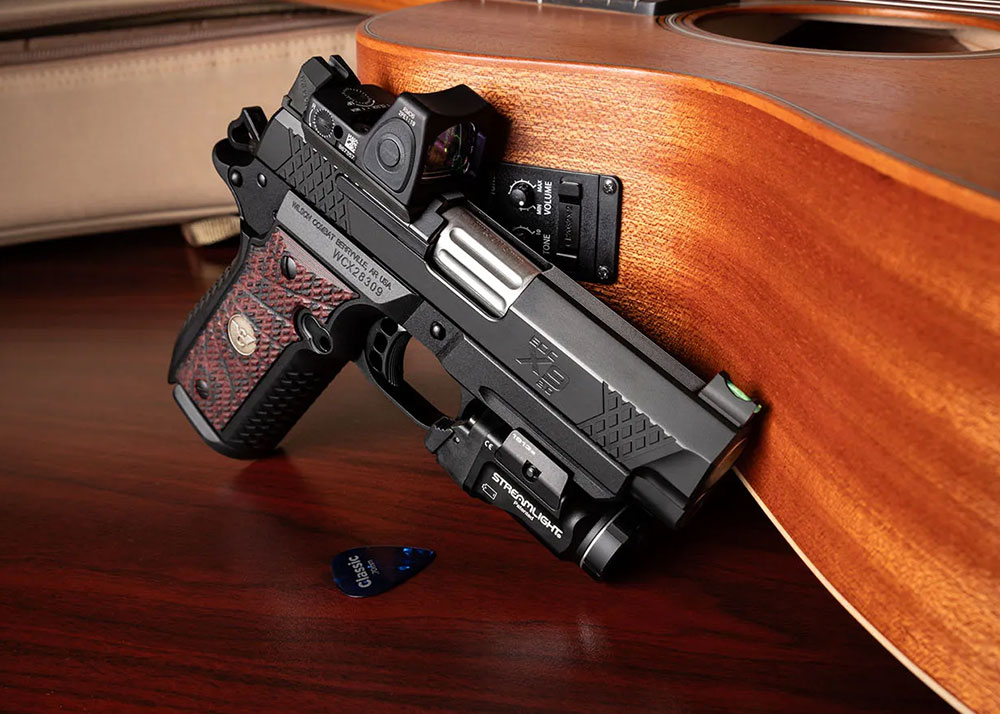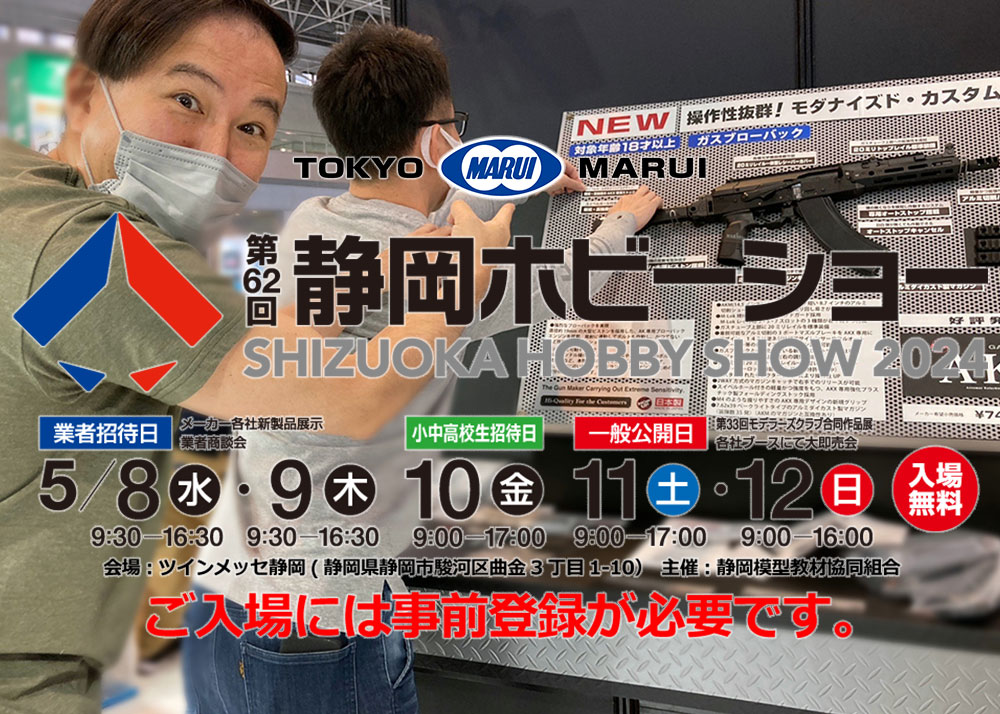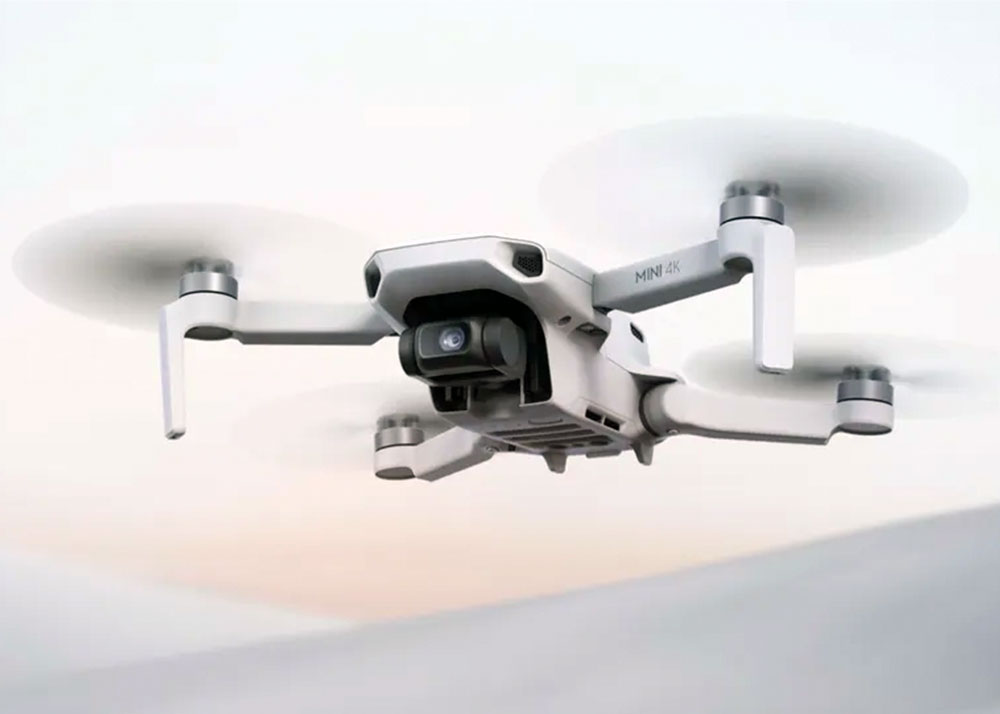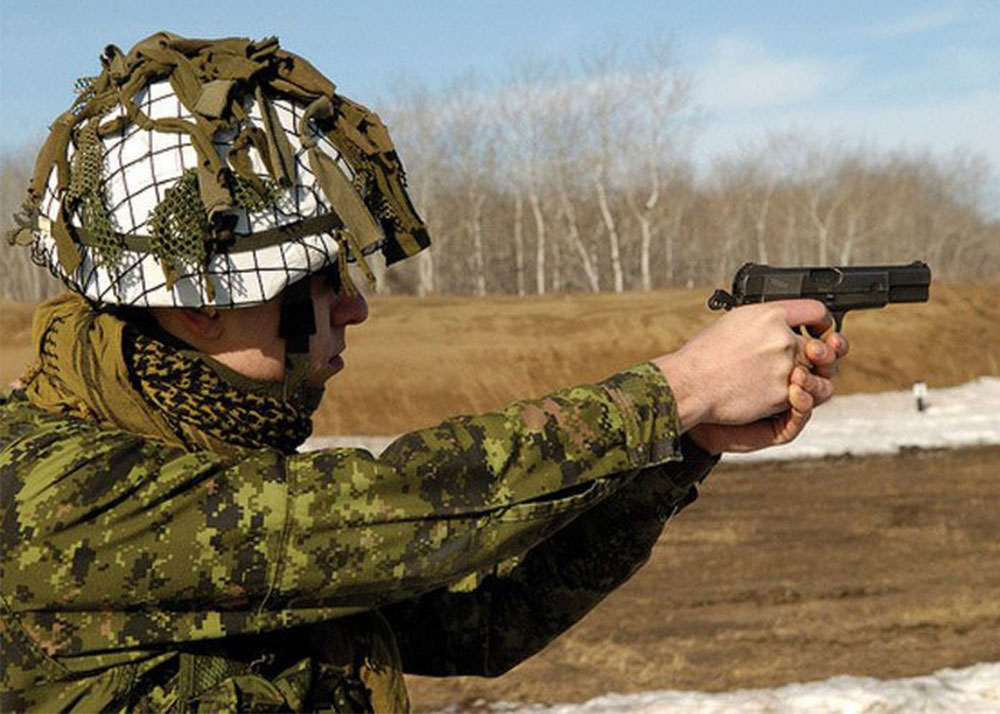Are Digital Pixel Camos Not Effective?
Logan
07 Jul 2012
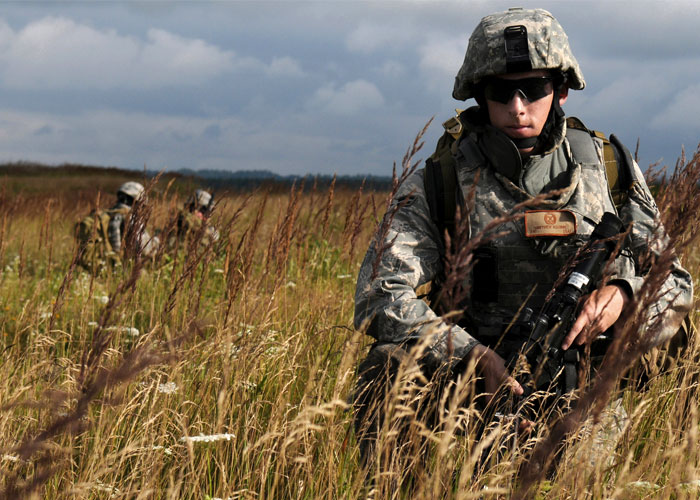
Ok, it's a given that the UCP will need to be replaced for being ineffective in the field. With the ongoing debate on the effectiveness of camouflage patterns being proposed for use by the U.S. Army, questions arose as to the effectiveness of digital pixels given that the UCP also is a pixel camo and takes its inspiration from the CADPAT of the Canadian forces and the MARPAT of the U.S. Marine Corps. Since UCP is deemed not to be effective, then it goes to say that other pixel camos also are not effective?
Also, with the announcement of Multicam might be recommended for full use by the U.S. Army is the contest over for the selected vendors in the selection of a new? Please remember that Multicam is also a digital pattern, but it doesn't sport the pixel features of other camos and won the Phase III program Camouflage Improvement Effort which led it to be used in Afghanistan where it's very effective. However, there's the Phase IV which will test some of the selected patterns for the different environments.
The big brouhaha about the UCP has affected other pixel camo programs not only in the U.S. but also other countries due to erroneous reporting of those in the mainstream media that do not have strong links in the defense sector. But since they're mainstream their audience is much bigger than the defense news sector, having the capability to mold public opinion even without concrete facts.
So are digital pixel camos ineffective? Guy Cramer, President/CEO of Hyperstealth Corporation believes that reports are overblown and that thorough testing of camo patterns will provide evidence if they are effective or not. Though, it has to be put in mind that Guy Cramer is also a partner with ADS Inc. which submitted to the U.S. Army their US4CES family of patterns that were selected for Phase IV.
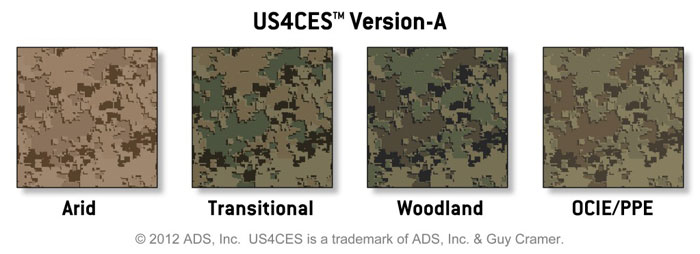
Guy Cramer writes about tests conducted by Natick in 2010 which shows that pixel camos come out strong in different environments:
"Which patterns won the 2010 Natick Cropland/Woodland tests?
- 1st Place Woodland Digital (pixelated)
- 2nd Place U.S. Navy AOR-2 (pixelated)
- 3rd Place USMC Woodland MARPAT Digital (pixelated)
Which patterns won the 2010 Natick Sandy Desert Terrain tests?
- 1st Place DCU Digital (pixelated)
- 2nd Place U.S. Navy AOR-2 (pixelated)
- 3rd Place Desert Brush
- 4th Place USMC Desert MARPAT (pixelated)
Which patterns won the 2010 Natick Rocky Desert testing?
- 1st Place Multicam
- 2nd Place USMC Woodland MARPAT Digital (pixelated)
- 3rd Place Woodland Digital (pixelated)
Which patterns won the 2010 Natick Mountainous Terrain testing?
- 1st Place Tie Multicam and U.S. Navy AOR-Universal (pixelated) both tested equal
- 2nd Place Woodland Scorpion
- 3rd Place U.S. Navy AOR-2 (pixelated)"
Please take note that while the pixel camos have topped the tests in most of the environments, there is no single pattern that had dominated all the categories. Multicam is effective in two of the environments. While UCP is a pixel camo, design wise it's not flawed, it is on the coloration issue where it failed miserably. Thus, it's very hard to dismiss the pixel approach to be ineffective, given the evidence on the contrary that was just overshadowed by the UCP controversy.
Guy Cramer cautions that deciding immediately on Multicam while Phase IV is ongoing is premature and might just fall into the same mistake as the UCP selection. There are patterns that have been selected for testing and thus, it's better to let Phase IV run through its full course before making a decision.
In a way, proceeding with Phase IV is the more correct course in deciding on the patterns for use by the U.S. Army rather than deciding quickly, no matter how Multicam has proven itself since new camo developments in the private and public sector hold promise. Multicam itself is already going through years so it has to be tested against the newer patterns and find it if it's still very much superior. There's no rush in deciding which pattern will be used as there will be troop wind downs in theaters of operations, with Afghanistan being the last major theater where troops will be withdrawn. This gives enough time for Natick to conduct Phase IV testing while Multicam is being used in Afghanistan where it is doing a good job.
Let the race on camo patterns go on as it will be a healthy one. It provides an incentive for the private industry to develop even more effective camouflage patterns and at even lower costs of production. We're looking forward to the results of the Phase IV testing in the next weeks or months as they may provide something to be excited about.

